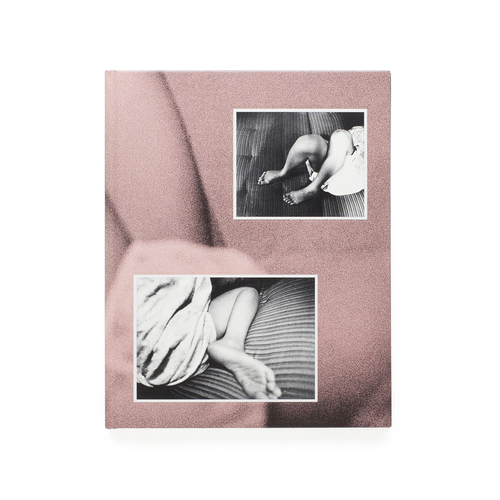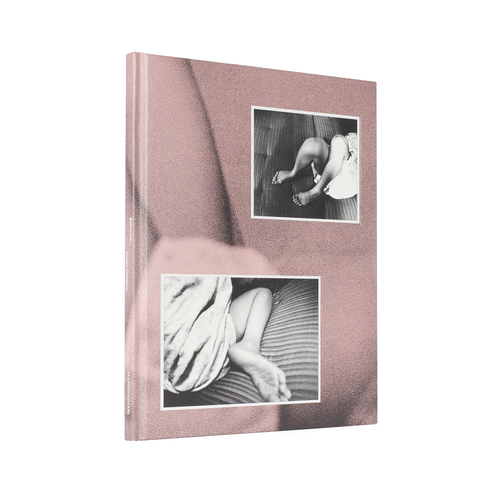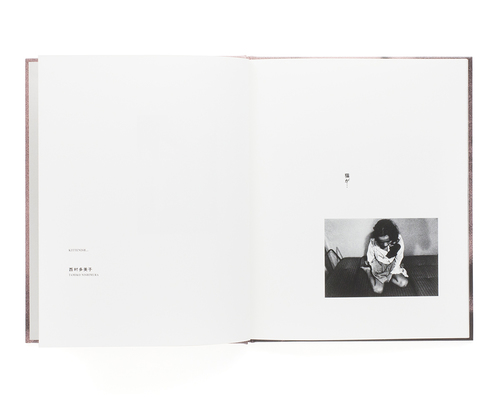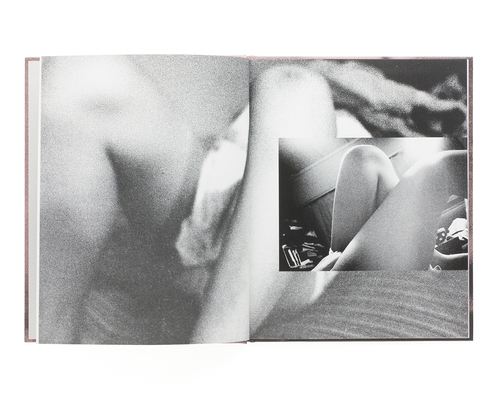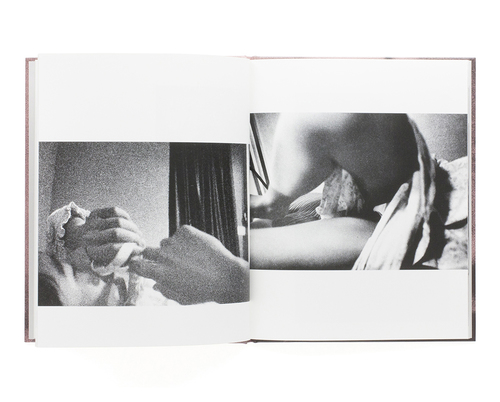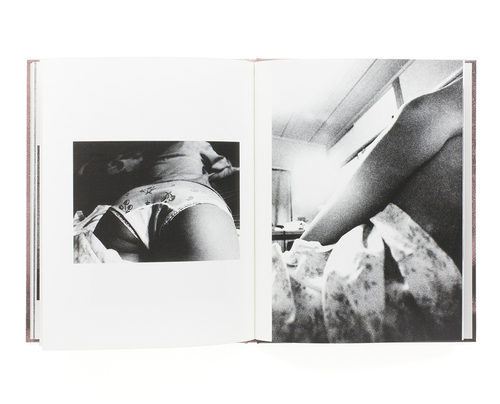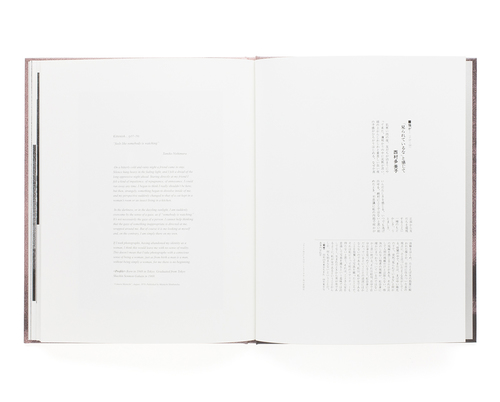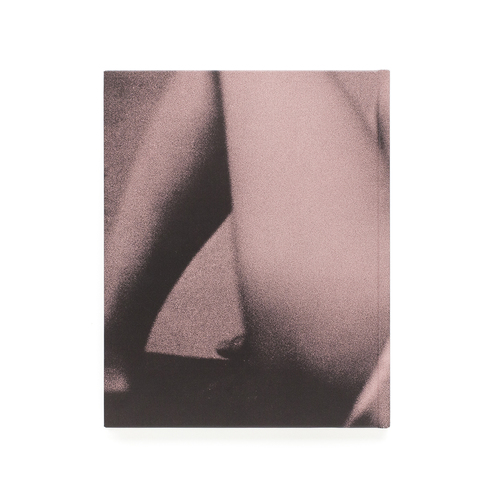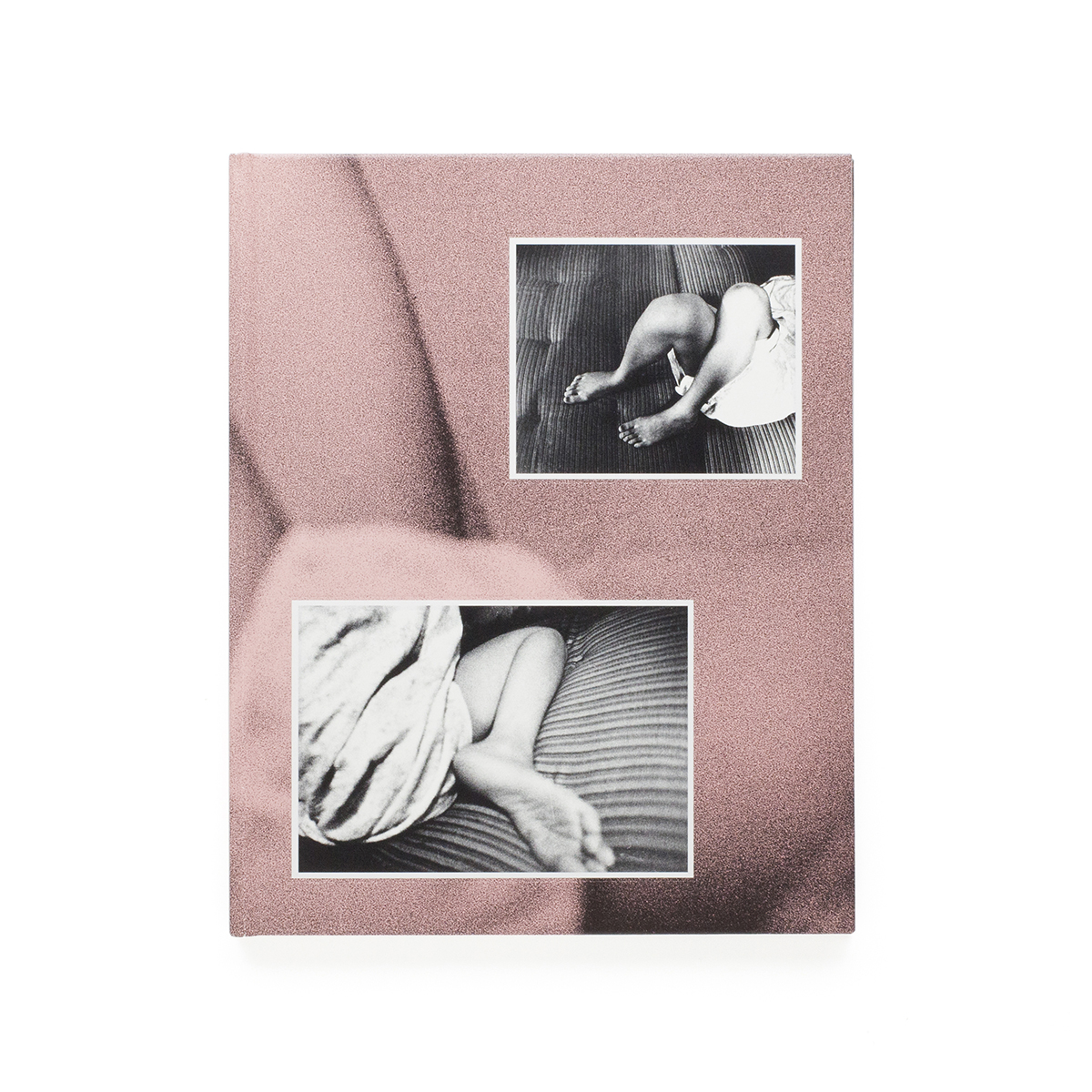
Kittenish...
“feels like somebody is watching”
On a bitterly cold and rainy night a friend came to stay. Silence hung heavy in the fading light, and I felt a dread of the long oppressive night ahead. Staring directly at my friend I felt a kind of impatience, of repugnance, of annoyance. I could run away any time. I began to think I really shouldn’t be here, but then, strangely, something began to dissolve inside of me, and my perspective suddenly changed to that of a cat kept in a woman’s room or an insect living in a kitchen.
In the darkness, or in the dazzling sunlight, I am suddenly overcome by the sense of a gaze, as if “somebody is watching.” It’s not necessarily the gaze of a person. I cannot help thinking that the gaze of something inappropriate is directed at me, wrapped around me. But of course it is me looking at myself and, on the contrary, I am simply there on my own.
If I took photographs, having abandoned my identity as a woman, I think this would leave me with no sense of reality. This doesn’t mean that I take photographs with a conscious sense of being a woman; just as from birth a man is a man, without being simply a woman, for me there is no beginning.
― "Camera Mainichi", August, 1970. Published by Mainichi Shinbunsha.
$39.13
- Book Size
- 192 x 240 mm
- Pages
- 64 pages, 43 images
- Text
- Japanese, English
- Binding
- Hardcover
- Publication Date
- 2015
- Limited edition
- 700
